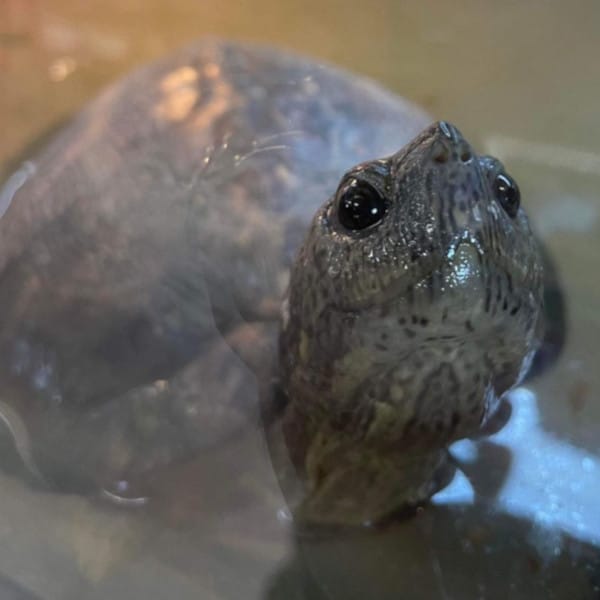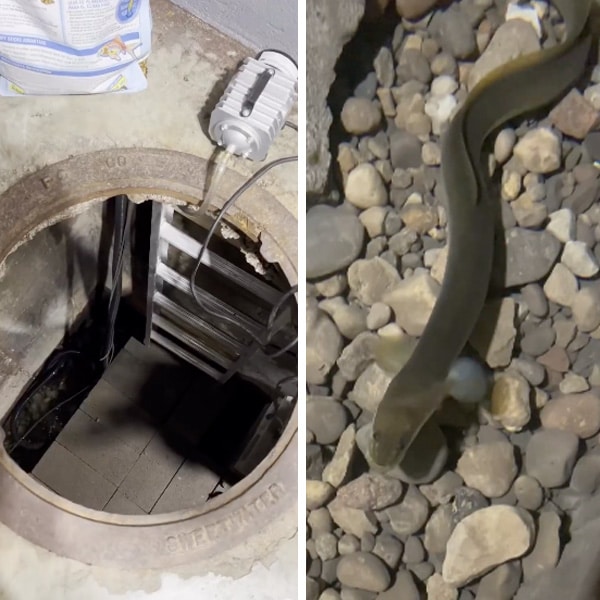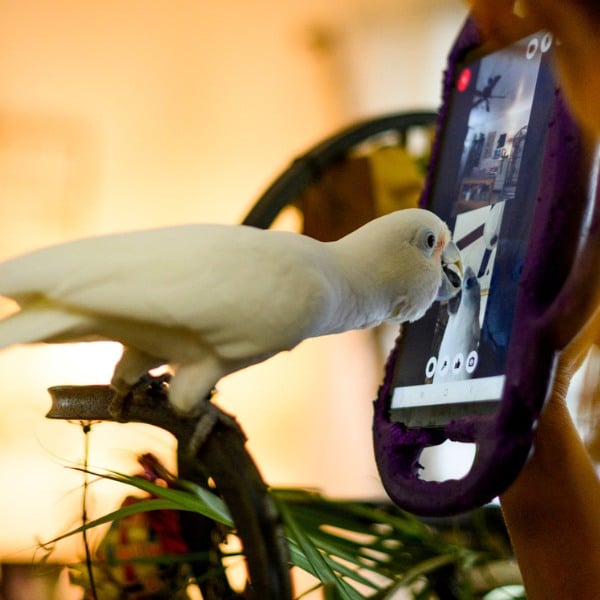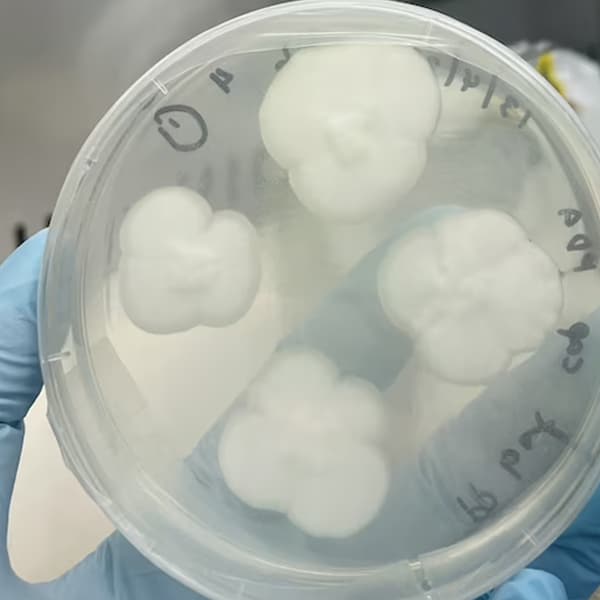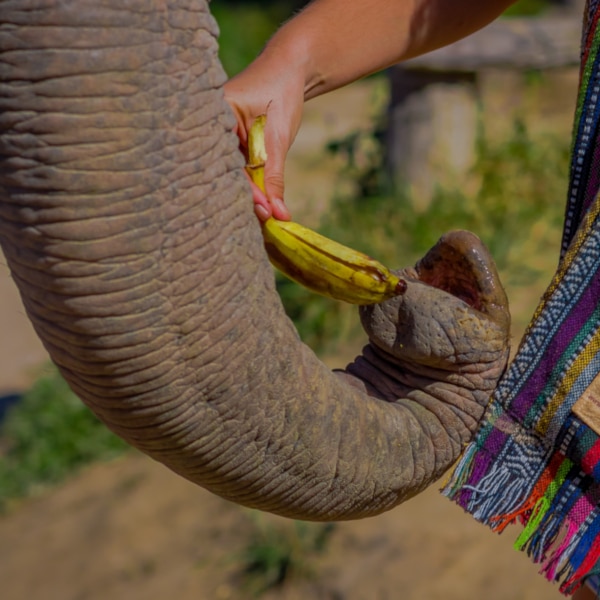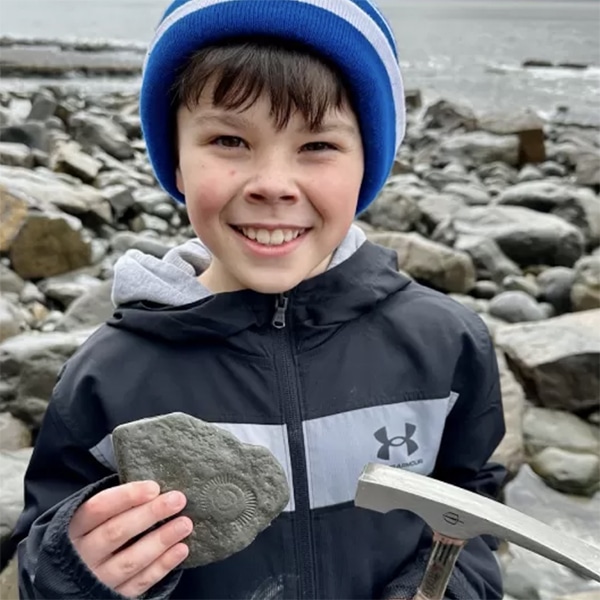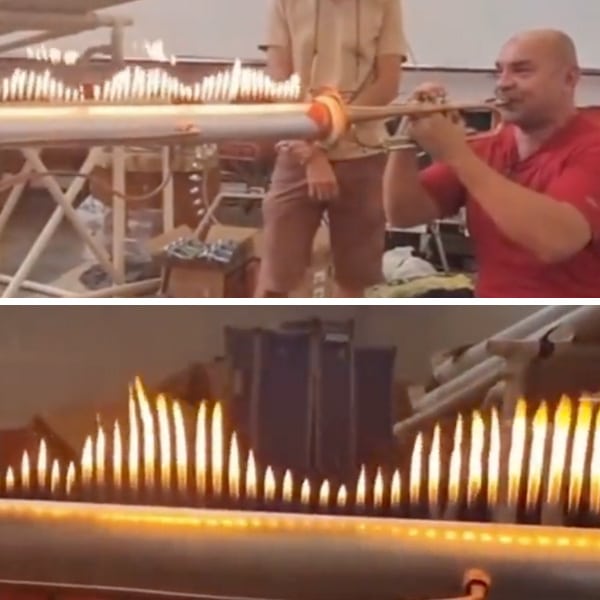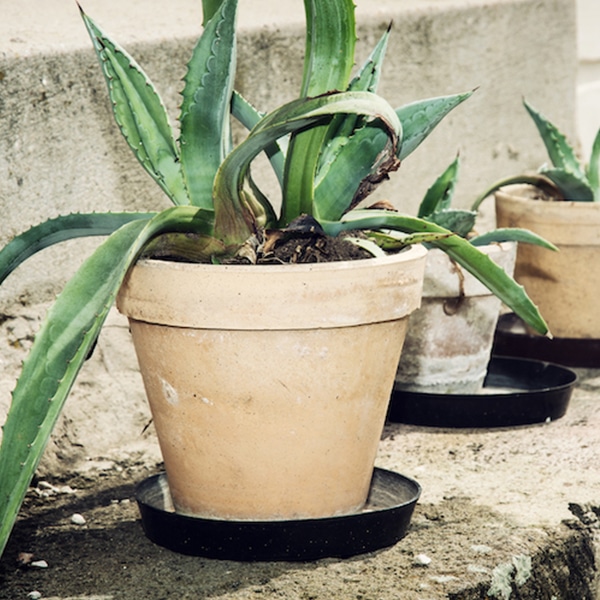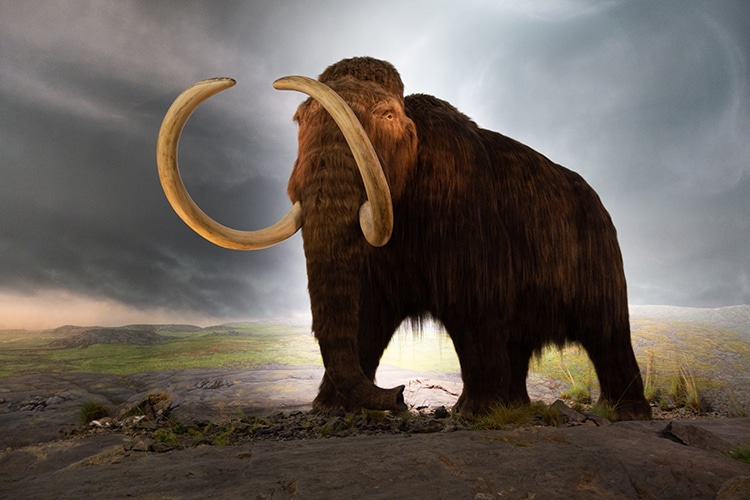
Mammoth sculpture at the Royal Victoria Museum, Victoria, British Columbia, Canada. (Photo: Thomas Quine via Wikimedia Commons, CC BY 2.0)
If you were to walk around the Arctic tundra a few decades from now, the landscape might look straight out of the Ice Age. The region's most famous prehistoric fauna—the woolly mammoth—might be back from extinction and flourishing in its frigid element. A company called Colossal plans to bring the species back using modern DNA technology, a process they call “de-extinction.” While full of knotty ethical issues, the company believes the mammoth has a role to play in keeping Arctic ecosystems healthy. If successful, the company hopes to have a living mammoth by 2027.
The process begins with DNA. Thankfully, many mammoth skeletons have been discovered over the years with skin and hair preserved in ice. This includes specimens like Lyuba, a well-preserved 42,00-year-old baby mammoth. The oldest DNA ever discovered even comes from a woolly mammoth that roamed 1.2 million years ago. The Colossal scientists, who recently received an additional $60 million in funding, are manipulating DNA once found in a prehistoric specimen to create an embryo. In modern times, the mammoth’s distant relative still exists—99.6% of its DNA is shared with the Asian elephant.
Once formed, the embryo will be implanted in an African elephant, the larger of the elephant species. It will be birthed as normal, the team hopes, thereby becoming the first woolly mammoth to walk the Earth in thousands of years. The woolly mammoth went extinct on mainlands, globally, after the end of the Ice Age around 10,000 years ago. However, a tiny population persisted in an isolated Arctic island until about 3,700 years ago. The return of the mammoth promises a boon for Arctic health, the company claims. According to Colossal, this whole foray into de-extinction is to bring back “species that can restore degraded ecosystems.”
Bringing extinct species back—particularly long-extinct species such as the dodo or woolly mammoth—raises massive ethical and environmental questions. Jurassic Park was not a good model, so what is? As technology advances, ethical lines will be drawn. Some scientists are skeptical the Colossal team will be able to pull off creating a live mammoth baby. But the technology is certainly worth discussing.
“I worry that for lots of species today, the pace of climate change and the pace of habitat degradation is such that evolution isn’t going to be able to save them,” Dr. Beth Shapiro of U.C. Santa Cruz, an expert not involved with Colossal, said. “We need to intervene even more.”
A company called Colossal is aiming to bring the woolly mammoth back to life from ancient DNA within the next four years.
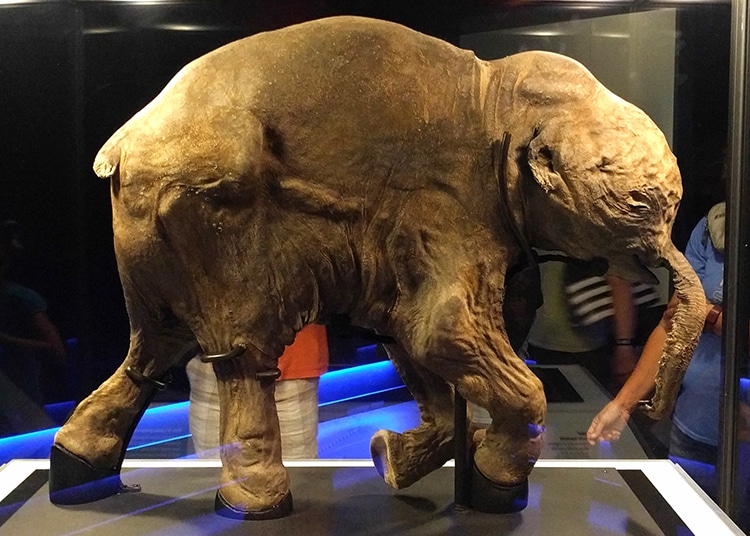
Lyuba, the mummified baby mammoth, discovered in 2007 after being buried for 41,800 years. (Photo: Wikimedia Commons, CC BY 2.0)
The company has harvested DNA, is editing the genes for viability, and intends to implant an embryo in a female elephant within the next few years.

Peter III of Russia carved in mammoth tusk ivory. (Photo: shakko via Wikimedia Commons, CC BY-SA 3.0)
h/t: [Popular Mechanics]
Related Articles:
11,500-Year-Old Infant’s DNA Reveals New Surprises About How North America Was Populated
Scientists Discover a 17,000-Year-Old Woolly Mammoth Roamed Enough to Circle the Earth Twice
Scientists Successfully Sequence the DNA of Man From the Pompeii Eruption for the First Time
Extremely Well-Preserved Woolly Rhino Is Discovered in Siberia’s Melting Permafrost













































































